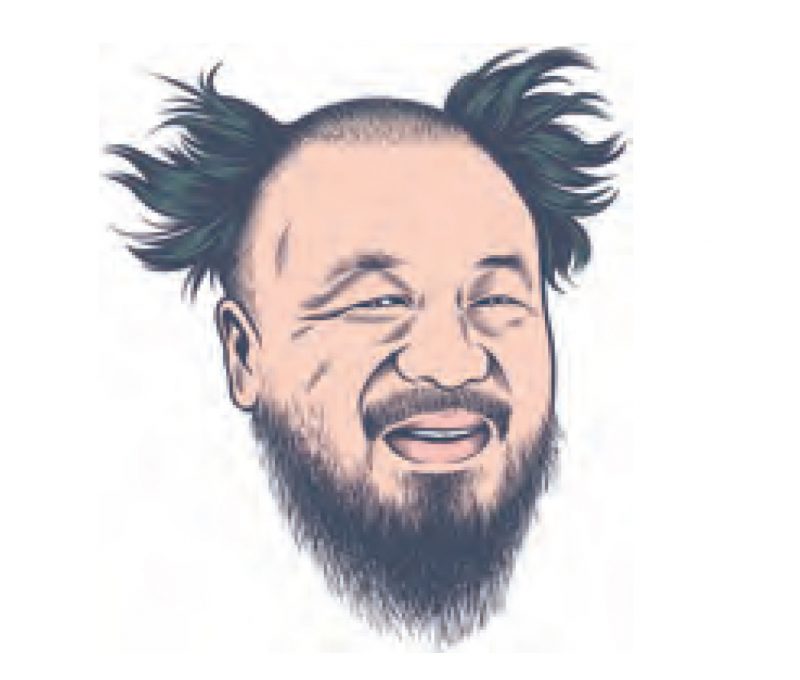Last fall, MIT’s School of Architecture posted fliers publicizing a lecture to be given by the Chinese artist Ai Weiwei, who was in town as part of a multicity U.S. tour. On them, the chubby, bearded fifty-year-old smiled in a rumpled T-shirt with two tangled sprigs of hair jutting out over his ears like a cross between Satan and Krusty the Clown. Not quite what one would expect of a figure whom critics have been referring to as “China’s Picasso” and who ranked higher than Matthew Barney, Rem Koolhaas, and Takashi Murakami in Art Review magazine’s latest Power 100 list. Then again, none of those guys spent their entire childhood exiled to hard labor near the Gobi Desert like Ai did after his father, the poet Ai Qing, was condemned by Mao’s anti-intellectual campaigns.
When the government pardoned the famous writer in 1978,Ai was already of college age. So he enrolled at the prestigious Beijing Film Academy only to drop out after two years and join the Stars avant-garde art collective. Eventually, he left China and moved to New York to study and work as a conceptual artist. During this time, he lived in the East Village as a painter, sculptor, babysitter, construction worker, and loiterer. While the artist insists he did very little during this period in the U.S., it was still enough to be cited in two New York Times pieces about the struggles of the earliest Chinese artists to come to America.
You have reached your article limit
Sign up for a digital subscription and continue reading all new issues, plus our entire archives, for just $1.50/month.
Already a subscriber? Sign in





